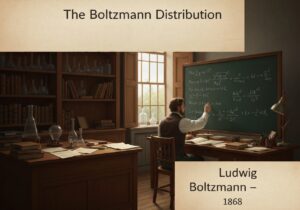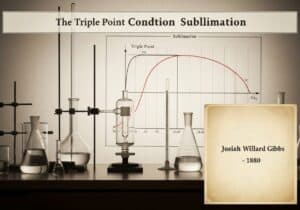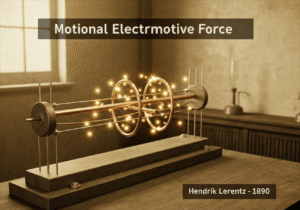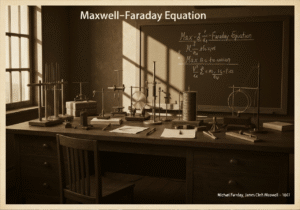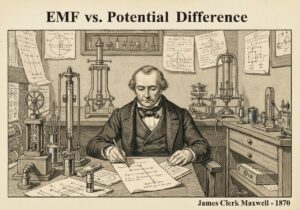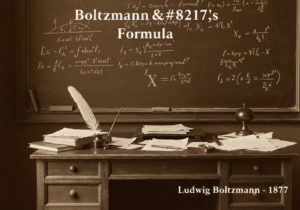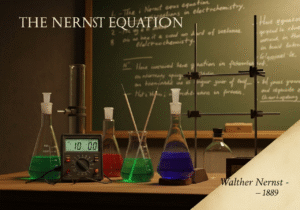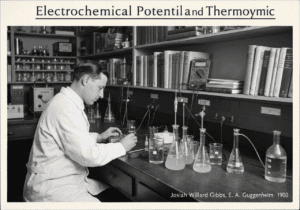Le Chatelier’s principle states that if a dynamic equilibrium is disturbed by changing the conditions, the position of equilibrium moves to counteract the change. This principle, also known as the equilibrium law, predicts the qualitative effect of a change in concentration, temperature, or pression on a chemical system at equilibrium. It guides understanding of how reversible reactions respond to external stresses.
Le Chatelier’s Principle of Dynamic Equilibrium
- Henri Louis Le Chatelier
- Karl Ferdinand Braun

Le Chatelier’s principle applies to systems in a state of dynamic equilibrium, where the rate of the forward reaction equals the rate of the reverse reaction, resulting in no net change in the concentrations of reactants and products. A ‘stress’ or ‘perturbation’ is any change in conditions that alters these rates, such as a change in temperature, pressure, or the concentration of a species. The principle posits that the system will respond by shifting the equilibrium position—meaning either the forward or reverse reaction will temporarily become faster than the other—to partially offset the imposed change.
For example, if a reactant is added, the system will consume more of the reactants to form products, thus ‘counteracting’ the increase. This shift continues until a new equilibrium state is established where the rates are once again equal, though the absolute concentrations of all species will be different from the initial state. It is a powerful qualitative tool for predicting the direction of a reaction’s response, but it does not provide quantitative information about the magnitude of the change or the final equilibrium concentrations. For quantitative analysis, calculations involving the reaction quotient (Q) and the equilibrium constant (K) are necessary.
Type
Perturbation
Utilisation
Précurseurs
- law of mass action by Cato Guldberg and Peter Waage
- concept of chemical equilibrium
- development of thermodynamics, particularly the work of Clausius and Gibbs on entropy and free energy
- understanding of reversible reactions
Applications
- Haber-Bosch process for ammonia synthesis
- contact process for sulfuric acid production
- industrial synthesis of methanol
- optimization of chemical yields in manufacturing
- understanding physiological buffer systems like the bicarbonate system in blood
Brevets :
Innovations potentielles Idées
!niveaux !!! Adhésion obligatoire
Vous devez être membre de l'association pour accéder à ce contenu.
DISPONIBLE POUR DE NOUVEAUX DÉFIS
Ingénieur mécanique, chef de projet, ingénierie des procédés ou R&D
Disponible pour un nouveau défi dans un court délai.
Contactez-moi sur LinkedIn
Intégration électronique métal-plastique, Conception à coût réduit, BPF, Ergonomie, Appareils et consommables de volume moyen à élevé, Production allégée, Secteurs réglementés, CE et FDA, CAO, Solidworks, Lean Sigma Black Belt, ISO 13485 médical
Nous recherchons un nouveau sponsor
Votre entreprise ou institution est dans le domaine de la technique, de la science ou de la recherche ?
> envoyez-nous un message <
Recevez tous les nouveaux articles
Gratuit, pas de spam, email non distribué ni revendu
ou vous pouvez obtenir votre adhésion complète - gratuitement - pour accéder à tout le contenu restreint >ici<
Contexte historique
Le Chatelier’s Principle of Dynamic Equilibrium
(si la date est inconnue ou n'est pas pertinente, par exemple "mécanique des fluides", une estimation arrondie de son émergence notable est fournie)
Invention, innovation et principes techniques connexes
